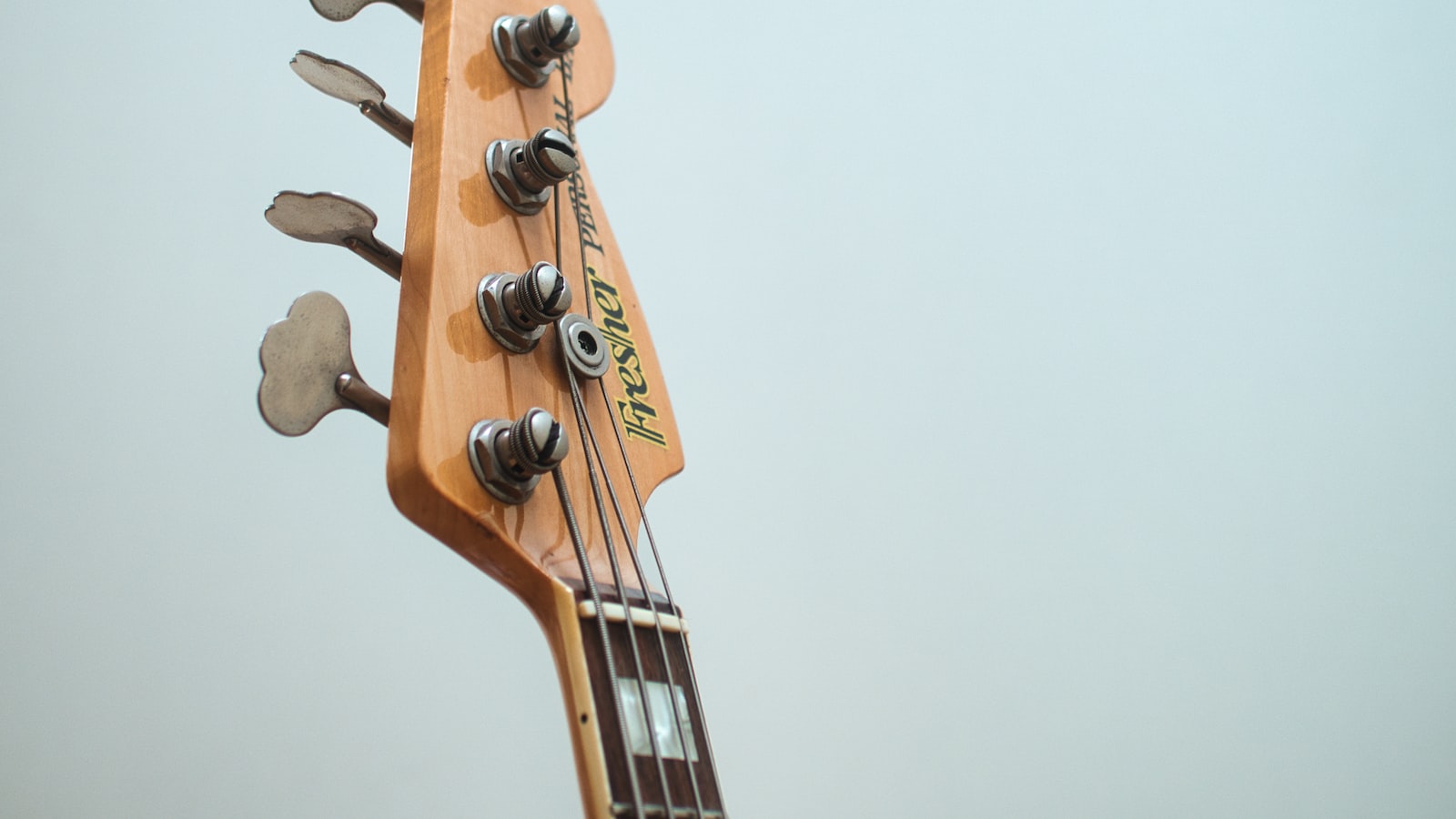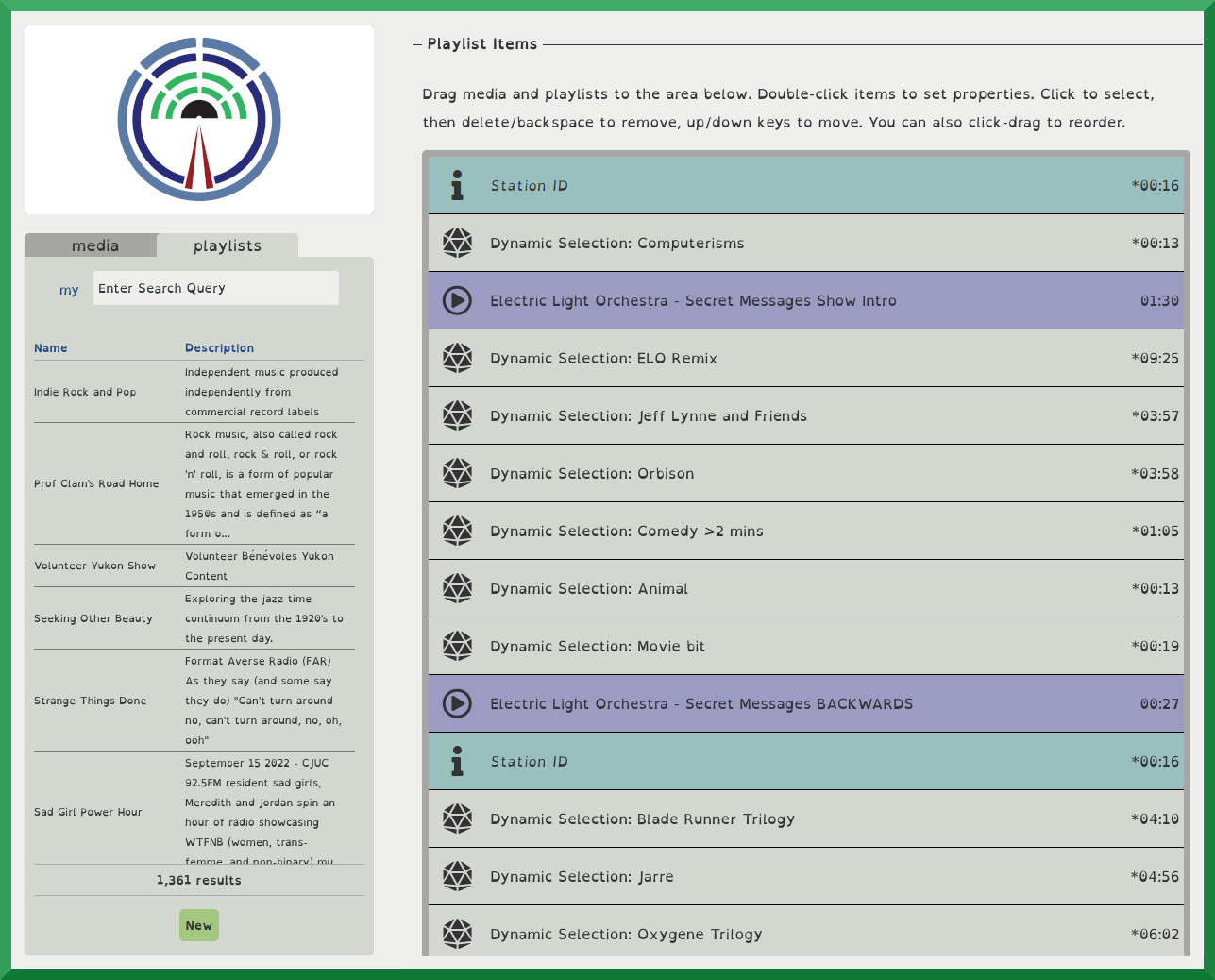When it comes to music, the industry is in a constant state of flux, with the way in which audiences consume it changing almost as quickly as the trends themselves. The move from physical media such as vinyl and CDs to digital downloads and streaming services has meant that the industry is now dominated by the ubiquitous playlist — and understanding this shift in listening behaviour is crucial if artists, labels and music executives want to maximise their success in the streaming landscape. In this article, we explore how the album format has had to be adapted to better fit within the playlist culture of the digital age.
1. Music Consumption in the Age of Playlists
The rise of streaming services has revolutionized the way we consume music. By having access to almost any track imaginable, users have created and tailored their own personalized playlists to listen to. It is no longer a surprise to find playlists with hundreds of tracks that range across genres and eras.
It has also shifted the dynamics in the music industry. Major record labels are now competing with independent artists to get their music included on popular user-generated playlists. Artists are taking advantage of this opportunity by creating their own custom playlists with their own music. This has enabled them to gain exposure, increase their streaming numbers, and build their own fan base.
- On-demand streaming: Music consumption has shifted from buying albums to on-demand streaming.
- Personalized playlists: Consumersize now listen to their own tailored playlists.
- Record labels: Major record labels are competing with independent artists to be included on playlists.

2. The Art of Crafting the Perfect Playlist
Creating the optimum playlist is a surprisingly difficult art to master. Whether you’re trying to motivate a workout class or make summer days cooler, knowing what songs to pick can be daunting. And if you want your playlist to be memorable, creating the perfect mix matters.
To start, consider the context: why are you making this playlist? A good starting point is to set a theme. It could be something like ‘songs that make me feel nostalgic’ or ‘songs for when I need a pick-me-up’. Don’t be afraid to be unique – the more esoteric, the better. Once you’ve got your theme, you can start honing in on the tune choices.
- Brainstorm potential songs for your list. Ask friends for their suggestions, read up on current releases, and don’t be afraid to explore beyond popular hits.
- Organize the songs into categories and give them a flow – having a mixture of old and new will help to keep your playlist fresh.
- It can help to write down your ideas for your playlist – having all the tracks lined up can make it easier to move songs around and create a good pacing.
- Consider the emotions each song is likely to evoke and make sure each fits with your goal: if you want your playlist to make people feel upbeat, don’t fill it with slow ballads.
Balancing a wide selection with the right order and pacing takes some effort. But with the right mix, you’ll have created a real work of art.

3. Benefits of the Playlist Culture
Playlist culture encourages an underdog mentality. It brings the idea of giving everyone a chance to be heard and respected irrespective of their current popularity. Hence you can expect to find some hidden gems in the playlists. Along with discovering new artists and music, users can also savor the fresh tunes by following their favorite artist. It’s the perfect way to get the latest updates and keep up to date with what’s happening in the music world.
Another great benefit of the playlist culture is its ability to create connections. It allows people from different backgrounds to come together and share their music preferences. The exchange of ideas and taste in music can lead to an interesting dialogue from which all the parties can learn and enrich their understanding of the music industry. Additionally, users can be creative and come up with their own unique playlists to showcase their musical affinity.
- Underdog mentality – Gives a chance to unknown music and artists
- Keep up to date – Follow favorite artists to get the latest updates
- Interactive – Exchange of music preferences and dialogue
- Creative – Create unique playlists

4. Strategies to Seamlessly Transition from Albums to Playlists
Curate: Curation is key when transitioning from albums to playlists. When planning a playlist, consider the audience, arrange the tracks by key, and think about a flow. Having a cohesive playlist is essential. As you’re creating a playlist, stay cognizant of when a track would be best to introduce, what track moves the listener to the next phase, and what track closes out the show.
Bring Life and Energy: Make sure you keep the energy throughout your playlist to keep the attention of your listener. Inserting an upbeat number in between slower, more relaxed tracks or switching to a style of music that the listener is not expecting are excellent ways to switch up the tone, and maintain the listener’s attention. Additionally, adding sound bites, snippets, or dialogue can add texture and GRAVITAS to a playlist.
In the digital age, the format may be evolving, but one thing remains certain: the universal power of good music remains timeless. As we continue to explore our musical surroundings, let’s embrace the mix-and-match format of the playlist to create our own creative soundscapes of the future.

